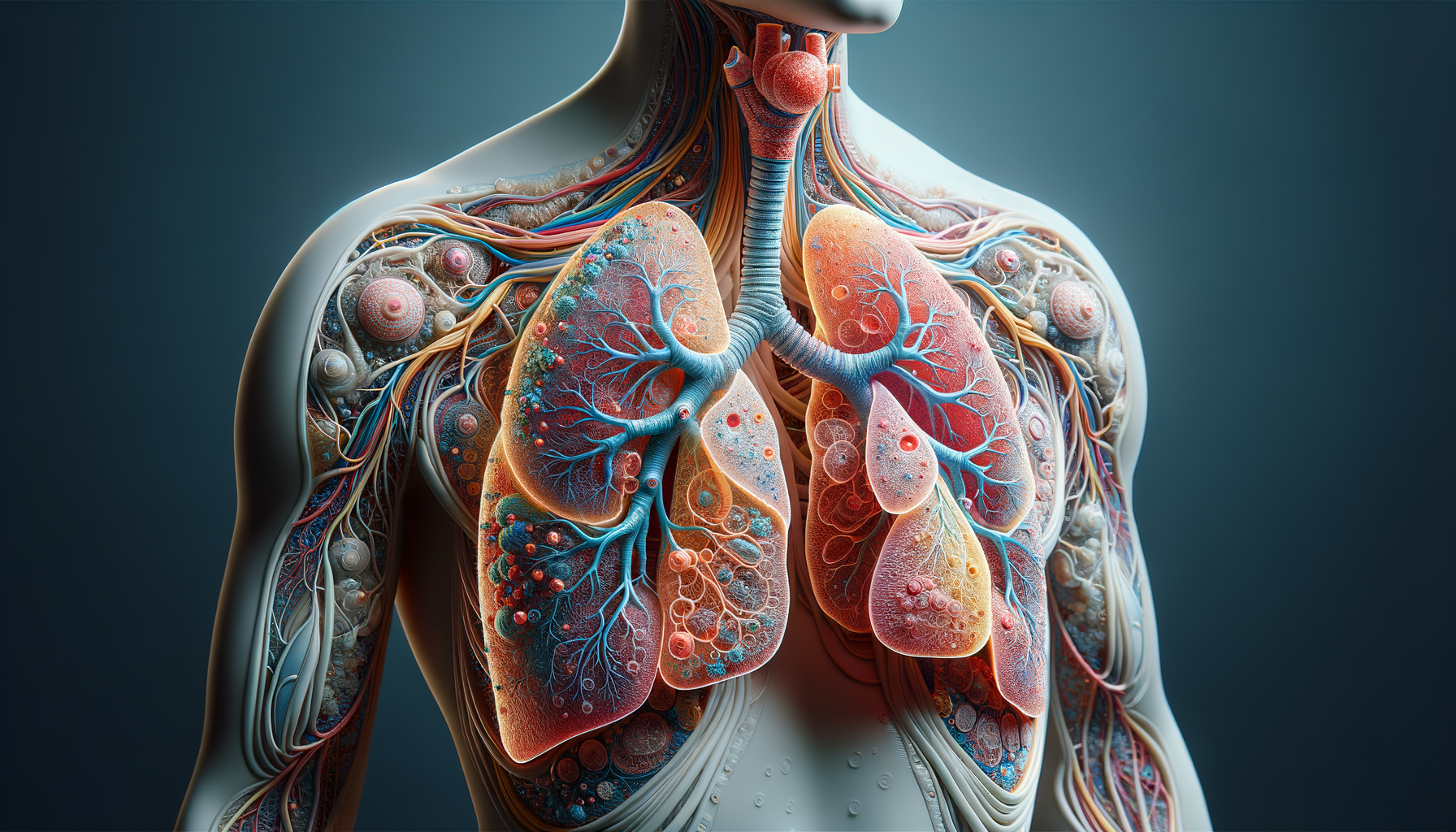Understanding Lung Cancer Symptoms
Lung cancer, a leading cause of cancer-related deaths globally, often presents symptoms that are easily overlooked or mistaken for other less severe conditions. Understanding these symptoms is crucial for early detection and effective treatment. The symptoms of lung cancer can vary significantly depending on the stage of the disease and the location of the tumor. Common symptoms include a persistent cough, chest pain, and shortness of breath. A cough that doesn’t go away or worsens over time is often one of the first signs people notice. This cough may be accompanied by blood or rust-colored sputum. Chest pain, which can be sharp or dull, might occur consistently or intermittently and often worsens with deep breathing, coughing, or laughing.
Other symptoms might include hoarseness, weight loss, and loss of appetite. Hoarseness can result from the tumor affecting nerves that control the vocal cords. Unexplained weight loss and reduced appetite are common in many types of cancer, including lung cancer. Additionally, fatigue, frequent lung infections like bronchitis or pneumonia, and new onset of wheezing can also be indicative of lung cancer. These symptoms, while concerning, can easily be attributed to other conditions, which is why they often go unreported until the cancer progresses.
Early Warning Signs of Lung Cancer
Identifying early warning signs of lung cancer can make a significant difference in treatment outcomes. Early detection often allows for more treatment options and a better prognosis. Some of the subtle early warning signs include persistent cough, changes in a chronic cough, and coughing up blood. A cough that persists for weeks or changes in character should prompt a visit to the doctor. Hemoptysis, or coughing up blood, even in small amounts, is a critical sign that should never be ignored.
Other early signs to watch for include shortness of breath and unexplained fatigue. Shortness of breath may occur during everyday activities that previously did not cause any breathing difficulties. This can result from the tumor blocking airways or fluid buildup in the chest. Fatigue, while common in many illnesses, can be particularly pronounced in lung cancer patients and is not relieved by rest. Additionally, pain in the chest, shoulders, or back unrelated to coughing can be an early sign of lung cancer. This pain might result from the cancer affecting the chest wall or ribs.
Techniques for Lung Cancer Detection
Detecting lung cancer early significantly improves treatment outcomes, and various techniques are used to diagnose this disease. One of the primary methods is imaging tests, which include chest X-rays and CT scans. A chest X-ray can reveal abnormal masses or nodules, but CT scans are more detailed and can detect smaller lesions that might not be visible on an X-ray. CT scans are particularly useful for screening high-risk individuals, such as long-term smokers.
Another diagnostic tool is sputum cytology, where a sample of mucus from the lungs is examined under a microscope to check for cancer cells. This method is particularly effective if the cancer is in the central airways. Additionally, tissue biopsy is a definitive method for diagnosing lung cancer. During a biopsy, a sample of tissue is removed from the lung and examined for cancer cells. Biopsies can be performed in several ways, including bronchoscopy, needle biopsy, or surgical biopsy, depending on the tumor’s location and size.
Emerging technologies such as low-dose CT screening and molecular testing are also playing a role in early detection. Low-dose CT screening is recommended for individuals at high risk for lung cancer, as it can detect cancers at an earlier, more treatable stage. Molecular testing, on the other hand, can identify specific genetic mutations in cancer cells, helping to tailor personalized treatment plans.
The Importance of Recognizing Symptoms Early
Recognizing the symptoms of lung cancer early is crucial in improving survival rates and treatment outcomes. Early detection allows for a broader range of treatment options, including surgery, radiation, and targeted therapies, which can be more effective when the cancer is at an earlier stage. Unfortunately, lung cancer is often diagnosed at a later stage because early symptoms can be subtle and easily attributed to other conditions.
Awareness campaigns and education about lung cancer symptoms can play a significant role in early detection. People who are at a higher risk, such as smokers or individuals with a family history of lung cancer, should be particularly vigilant about monitoring their health and reporting any concerning symptoms to their healthcare provider promptly. Regular check-ups and screenings for high-risk groups can also aid in catching the disease early.
Furthermore, understanding the potential symptoms and seeking medical advice when they occur can lead to earlier diagnosis and treatment. This proactive approach can significantly impact the quality of life and survival rates of those diagnosed with lung cancer.
Conclusion: Taking Action on Early Signs
In conclusion, lung cancer remains a significant health challenge, but early detection and awareness of its symptoms can lead to improved outcomes. By understanding the common and early warning signs, individuals can seek timely medical advice, potentially catching the disease in its more manageable stages. Regular screenings and a proactive approach to health, especially for those at higher risk, are critical steps in combating lung cancer.
Ultimately, education and awareness are powerful tools in the fight against lung cancer. By spreading knowledge about the importance of recognizing symptoms early, we can reduce the impact of this disease and improve the lives of those affected.




Leave a Reply